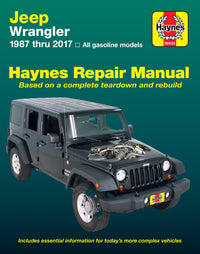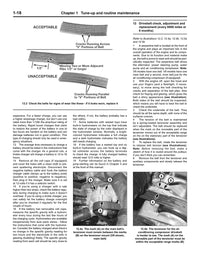How the cooling system works
When running, combustion engines produce heat, and unless you've got a classic Porsche or VW, there is liquid coolant circulating to keep it cool. Once the engine is warm, the thermostat opens and coolant is pumped from the hottest areas of the engine out to the radiator to be cooled, then back to the engine. With internal operating temperatures in the cylinders and heads at several hundred degrees, the liquid water and coolant mixture can quickly exceed the boiling point of plain water. The pressurized radiator cap also helps by keeping the system under 13lbs or more, which makes it less liley to boil over.

Every car is different, so before you view the full instructions, find yours…
Only work on the cooling system if the car is cold, and hasn't run in several hours. Never pour coolant down a drain, or leave where pets or children can be attracted by the sweet smell. Check with your local city or county for collection centers locations or suggested disposal methods.When to change your coolant
Take a look at your car's owner's manual, or the recommended service schedule in every Haynes manual for suggested coolant change intervals. Some models need a change every few of years but some modern cooling systems are considered "lifetime fill" from the factory. Remember, when a manufacturer says something will last a lifetime, they mean it will last longer than the warranty, typically 5 years or 100k miles.
If you don't know the last time the coolant was changed, and the car is more than 4 years old, change it now. Part of the cooling system service involves flushing (draining, filling with water and draining again), but if you change it regularly flushing isn't needed.
You should always check the radiator and heater hoses when draining the system to change the cooland and replace any that are old, cracked, or swollen.
All cars are slightly different, so if it is time to change your coolant, use our before you begin checklist, and find your car for specific instructions.
Why you should change your coolant
The antifreeze/coolant in the motor keeps things from getting too hot, and unlike water, won't freeze if you leave the car parked outside in winter. Coolant is more resistant to boiling as well as freezing, and prevents internal corrosion, and is most effective when mixed with plain water 50/50 for maximum protection against boiling and freezing, and optimal cooling. Over time the antifreeze chemicals in the coolant lose their effectiveness, especially if you top up the coolant with water regularly. In harsh winter weather this can lead to damage from the coolant freezing and expanding.
Periodically, the cooling system should be drained, flushed and refilled to replenish the antifreeze mixture and prevent formation of rust and corrosion, which can impair the performance of the cooling system and cause engine damage. The lubricating chemicals in the coolant for the water pump and thermostat also need to be replenished occassionally.
Before you begin
Tools you will need
This task is reasonably easy and requires only basic tools. It should take between 1-2 hours, although you may need to raise the car and remove the splash shield.
- Bucket to collect coolant
- Floor jack (if necessary)
- Jackstands
- Ratchet and socket set
- Screwdriver
- Rags
- Pliers
Parts you may need
- Coolant
- Hoses
- Hose clamps
Every car is different, so before you view the full instructions, find yours…

















